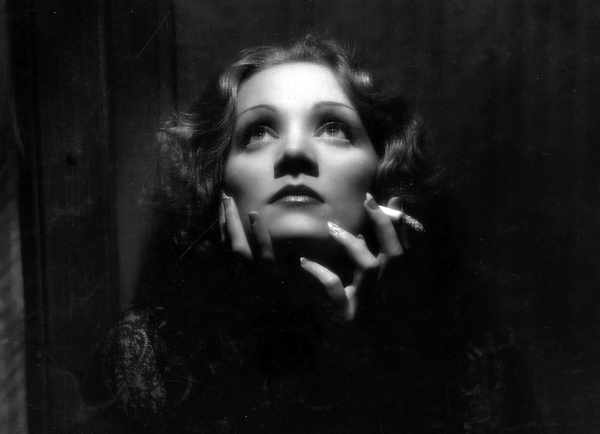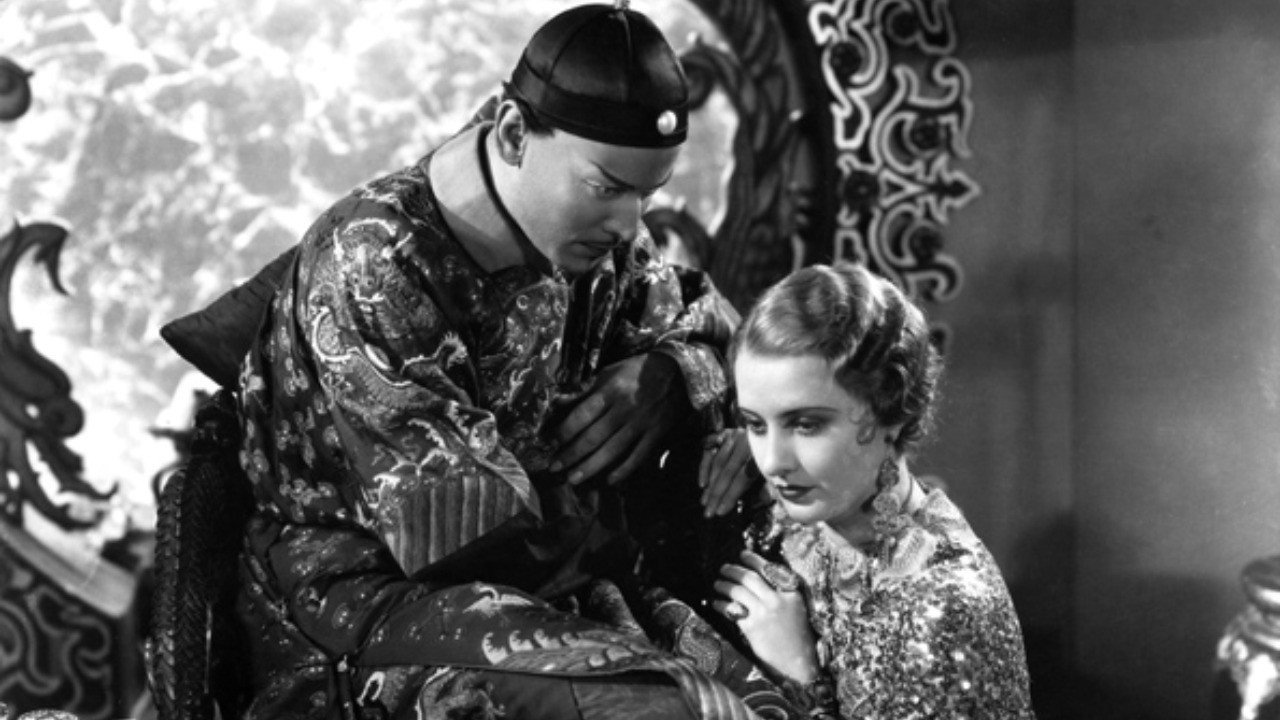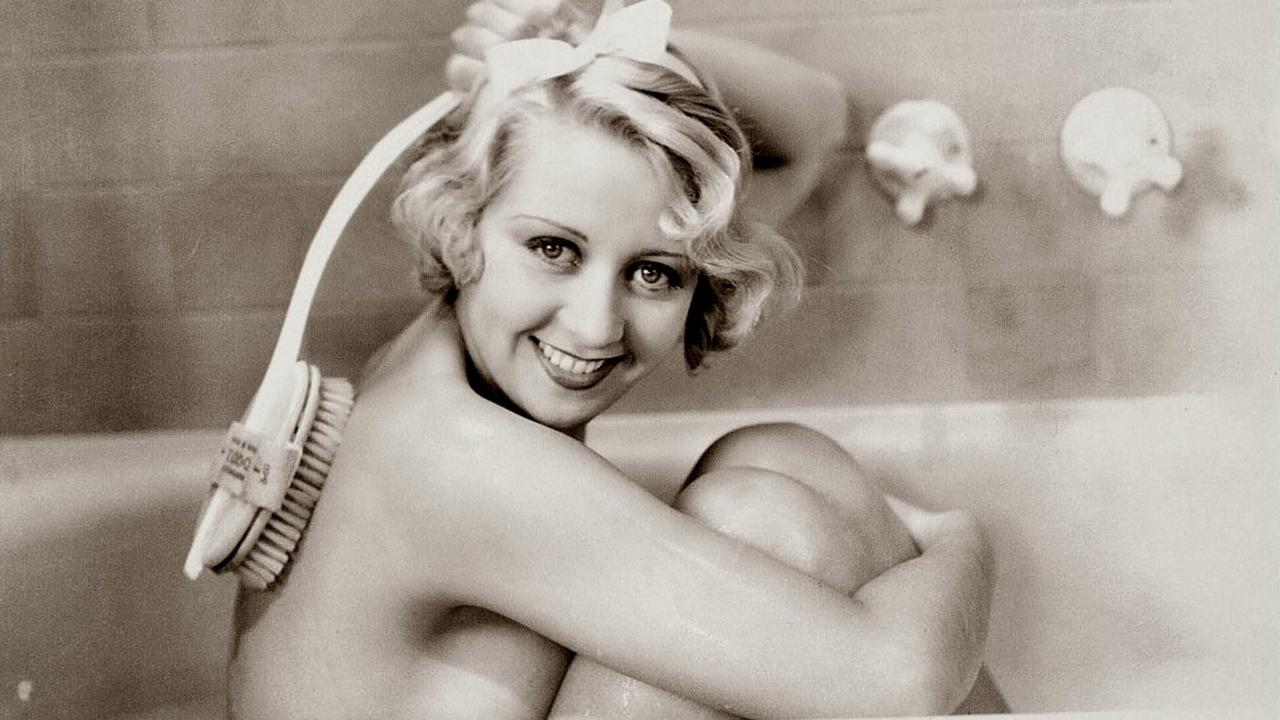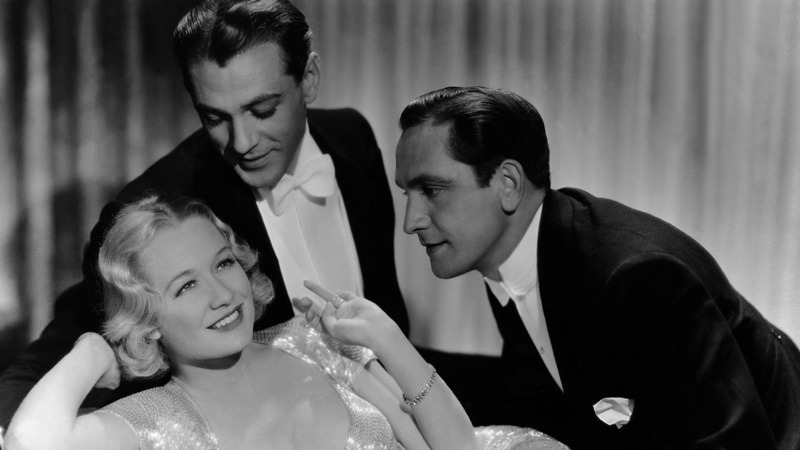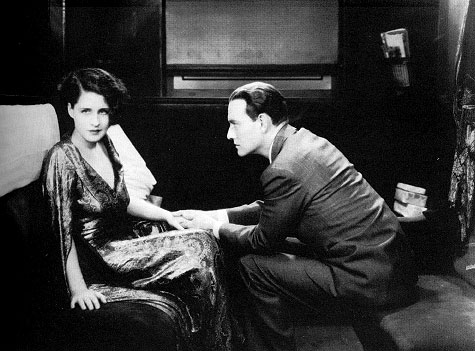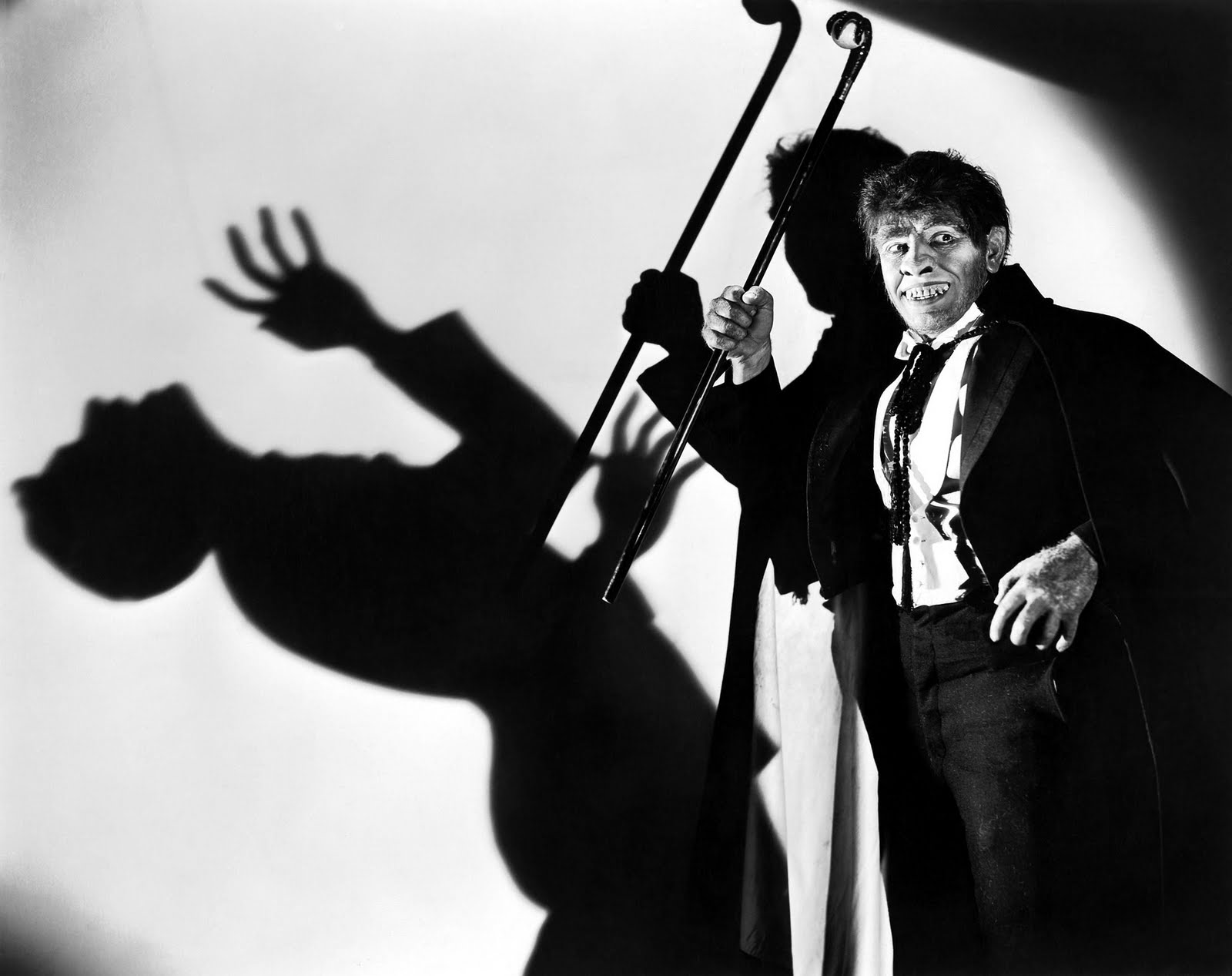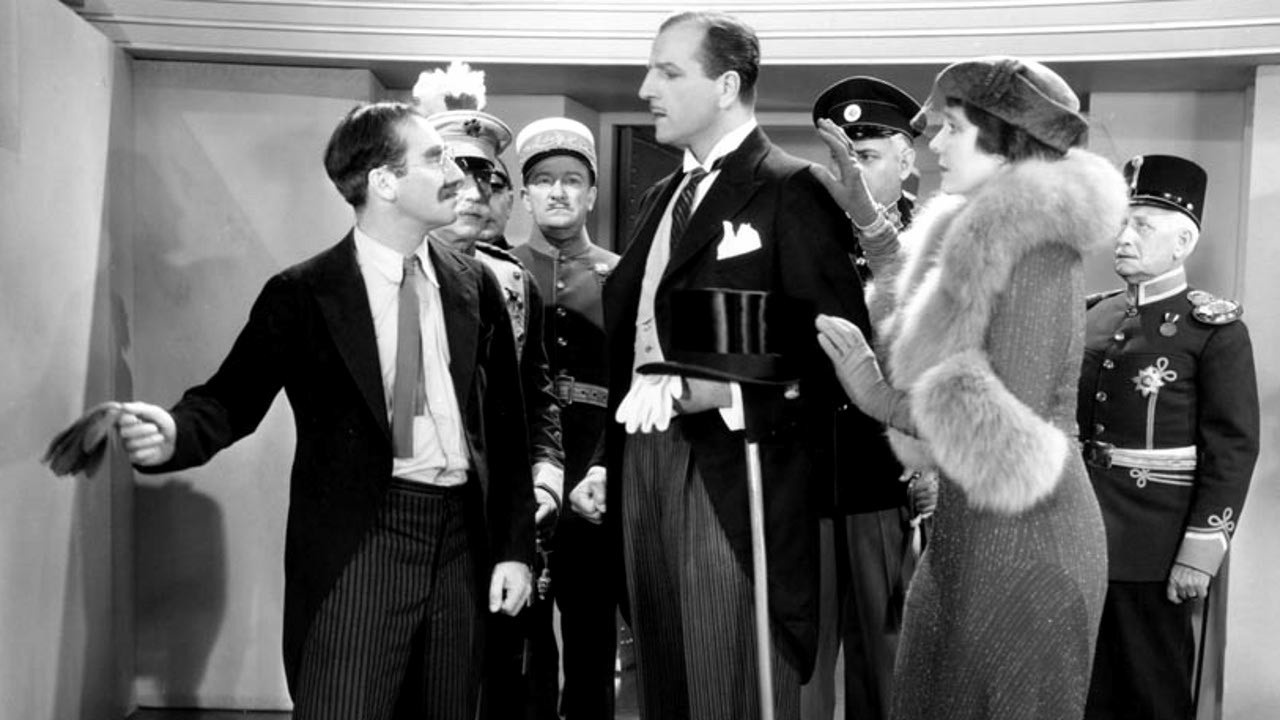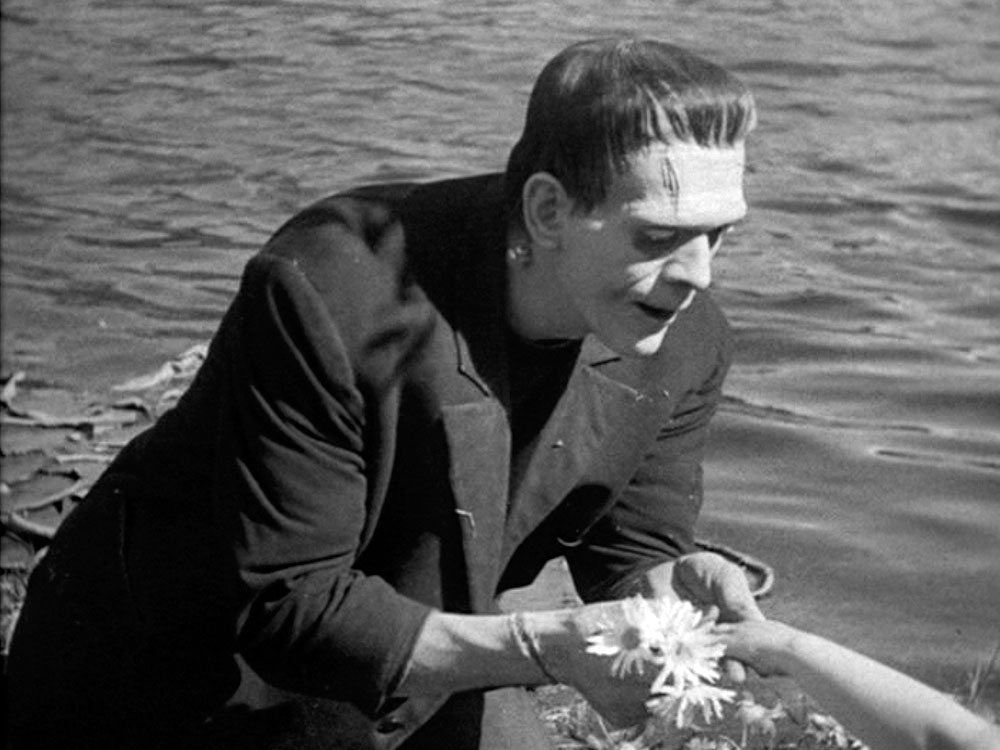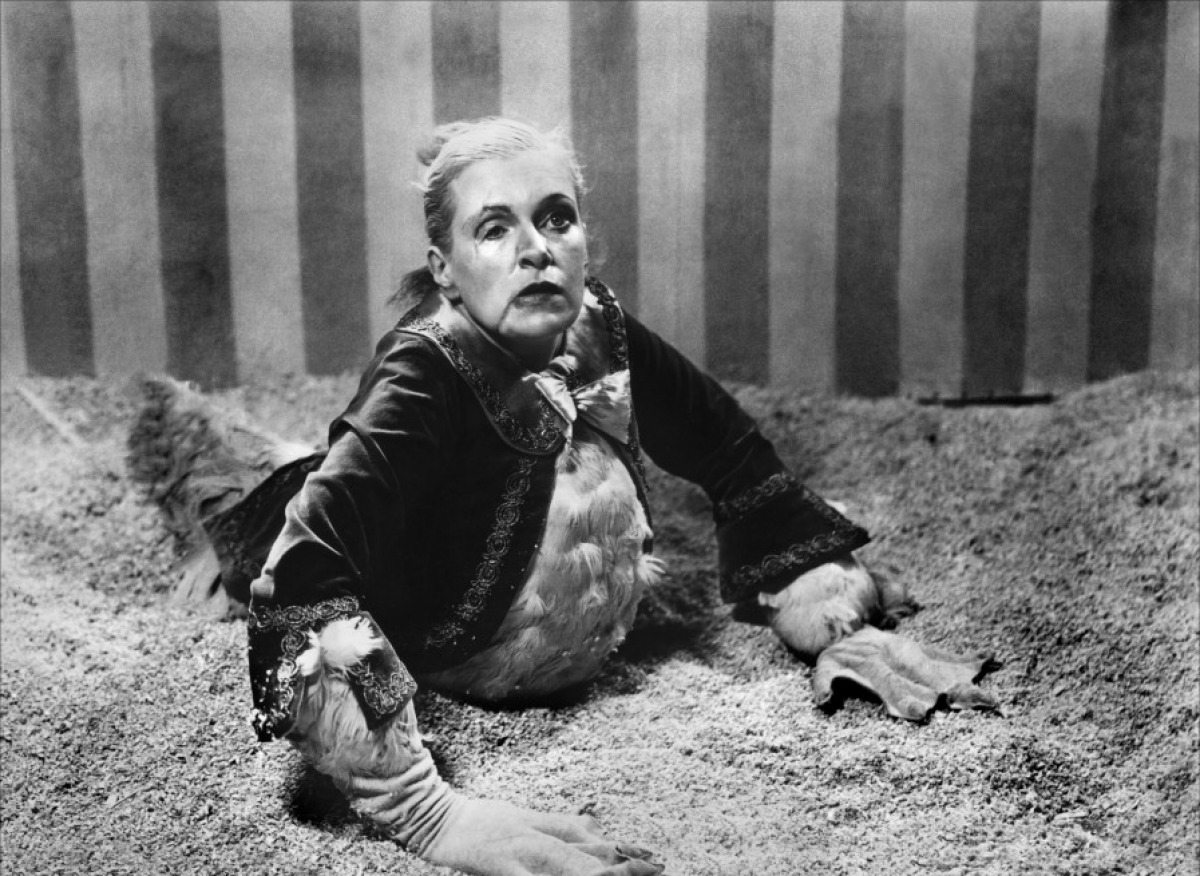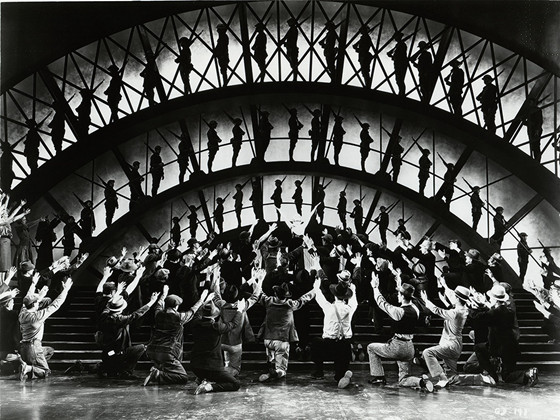Between the arrival of sound and the imposition of the Motion Picture Production Code on July 1, 1934; Hollywood was essentially free to talk about plentiful controversial subjects such as violence, lechery and substance abuse.
The Hays Code, as it was called, after the president of the MPPDA (Motion Picture Producers and Distributors of America), William Hays, was created in 1930, as a self-imposed Industry censorship, in order to avoid external interference from conservative groups, but it was completely ignored by studios bosses and filmmakers alike during the bitter Depression days.
By the early 1930’s, when American was still trying to cope with the effects of the economic crash, Movies had become the most profitable business in the country. On the screen, women were strong, and loyal only to themselves; gangsters and bootleggers ran loose and sexual innuendo was so common, it almost lost its scandalous appeal.
This list aims to serve as a basic guide to those who want to start exploring these daring films. Please keep in mind that the titles are listed in alphabetical order and that the movies from the era that were featured in the ” 30 Cinematic Masterpieces Made in The Golden Age of Hollywood” list were not included.
1. Baby Face (1933)
This Barbara Stanwyck vehicle follows the story of a young vixen, Lily Powers, who decides to leave home after years of being forced by her own father to “entertain” the loathsome clientele of his bar. When Lily gets to New York City, she deliberately uses her feminine charms to get ahead at the banking firm she finds work at. In 70 minutes, we see the amoral protagonist literally sleep her way to the top without any remorse.
The plot of, what many call, the ultimate Pre-Code, clearly reflects the deterioration of American society in the gloomy Depression Era. Stanwyck’s character does (partially) regret her ruthless ways and eventually finds romance, but like in most films of the time, what stays with the spectator is her strength and determination in what was essentially a man’s world.
2. The Bitter Tea of General Yen (1933)
When one thinks of Frank Capra, interracial relationships set in Chinese Civil War are definitely not the first thing that comes to mind. Inspired perhaps by the agitated Depression times, the director boldly chose the uncommon plot for his 1933 production.
The mature drama stars Barbara Stanwyck as a Christian missionary and Nils Asther as a Chinese warlord. They develop an unique relationship of simultaneous repulsion and attraction for each other that ultimately causes dramatic consequences.
Although there is an undeniable racist element, almost unavoidable for its time, the film feels modern and completely unique. The nightmare sequence is especially disturbing, but Capra undeniably shows great skill and intelligence in leading with such sensitive subjects.
3. Blonde Crazy (1931)
This forgotten gem follows the adventures of a bell-boy and chamber-maid duo, who, upon deciding that desperate times call for desperate measures, take to scamming on the side.
The con-artists, played by Joan Blondell and James Cagney, fight and flirt their way through the film, delivering irresistible dialogue and some good measured slaps. Their chemistry is top-notch and so is the spunky humor that would have driven the censors mad if the film had been made 3 years later.
It has lots of trickery, intrigue, illegal alcohol selling and a memorable scene that involves a naked Blondell in a bathtub. Although the ending does resort to melodrama, the film still feels fresh to modern eyes, offering a fun and exciting ride.
4. Design for Living (1933)
This is the perfect example of a movie that most definitively would never have gotten made during the Hays Code reign. The plot finds Lubitsch’s favorite, Miriam Hopkins, enamored of both Gary Cooper and Fredric March, in fact, she is so attracted by the two, she simply decides that living as a trio could work out.
It features all the Pre-Code musts: delightful word-play, sexiness and comic allure. The Lubtisch-Touch is at its zenith getting brilliant performances out of all three main-players and earning the film a place among the greatest to come out of the era.
5. The Divorcee (1930)
The queen of MGM, Norma Shearer, won her sole Oscar for her portrayal of Jerry, a young wife, that upon discovering her husband infidelities, decides to answer by being unfaithful herself.
The gender equality subject was extremely controversial when the film came out and, if not for its risqué allure, The Divorcee is worth checking out alone for documenting the changing position women were conquering in society. The ending does leave a little to be desired when one takes into account the racy premise, but the performances are carried out with energy and passion and for an ‘early talkie’ one can easily argue it is way ahead of its time.
6. Dr. Jekyll and Mr. Hyde (1931)
Robert Louis Stevenson’s novella about a doctor who believes he can separate men’s evil streak from its civilized side had been adapted to the screen many times before, but no previous version had the innovative camera work nor the bold sexuality the Paramount Pre-Code carries.
The story’s polemical and adult content is dealt with extreme openness and technical skill. March’s physical transformation looks good even to our modern eyes, but the ultimate triumph of the film has to be credited to his impeccable acting.
The actor, who until then was usually cast in light roles, offers an impressive interpretation of the tormented Henry Jekyll, but his take on the beastly Hyde, a material representation of the bad we carry within all of us, left a definitive mark on Hollywood History and he was justly awarded with a Best Actor Academy Award.
7. Duck Soup (1933)
Duck Soup has the best of what every Marx Brothers fan loves: a fast-paced story with a thin plot, but lots of jokes; inventive physical comedy sequences, such as the famed mirror scene and some hilarious criticism of society rules and bureaucracy.
Before the rigid censorship days of the Hays Code, the famed siblings could take their anarchic vein to the highest level possible, firing laughs so fast you will find yourself spinning into the world of absurd without even realizing it. Although it opened to unenthusiastic reviews, the film has since been regarded as a comedic masterpiece, showcasing the Marx’s unparalleled timing and imaginative gags. It has also become one of their most influential works, achieving an important place in popular culture.
8. Frankenstein (1931)
Mary Shelley’s gothic novel was adapted to the screen by one of Horror film genre most prominent directors, Universal’s James Whale. Although, it doesn’t carry many similarities with the book, aside from the basic plot line of a young scientist who dares to play God; the film is universally regarded as the best version of the dark tale.
A sensation with both public and critics upon its original release, Frankenstein was followed by many sequences and Boris Karloff’s portrayal of the creature has easily become one of the most emblematic characterizations in Film History.
The haunting cinematography and set design have deep roots in the German Expressionism movement, which greatly contributes to the gloomy atmosphere of the production. With a fast-driven and straight-to-the-point plot the film surpasses its countless remakes in entertainment value and deserves its worldwide fame.
9. Freaks (1932)
Tod Browning’s Freaks has often been cited among the masterpieces of Horror Film. A quite misleading reputation, considering it falls more consistently into the Drama category. The story follows a group of physically impaired people who work at a circus. They have a really tight bond that’s put to test when an outsider seduces a member in order to steal his money.
Freaks made quite a rampage when it came out. For the first time, the reality of people with abnormalities was portrayed on the screen in a tolerable, if not yet respectful, light. Browning makes us perceive them as loyal and pleasant, meanwhile the so called “normal” folks are cheats and scoundrels.
Even though, the “freaks” are shown to be capable of evil acts too, who can judge them after all the mistreating and cruelty they had been forced to endure? In the end, the essential message of the film seems to be the old, but accurate saying: “don’t judge a book by its cover”.
10. Gold Diggers of 1933 (1933)
Admittedly, Gold Diggers of 1933 has many of the same plot elements 1930’s musicals often carried, like the poverty-stricken chorus girls and the struggle to finance a Broadway musical, but, on the other hand, the film also innovated by not resorting to total escapism during the musical numbers.
The memorable “Forgotten Men” sequence is arguably its most chilling moment; as the title suggests, it presents a very gloomy look at Depression-era reality, something that must have hit very close to home on its audience.
Ginger Rogers, Dick Powell, Ruby Keeler and Joan Blondell dance and sing to the Busby Berkeley choreographed acts. The girls are generally half-naked and the dialogue has as much double-meaning as the time allowed. Since its first number, the celebrated “We’re in the Money”, the classic musical offers an entertaining journey with some valuable historic significance.
